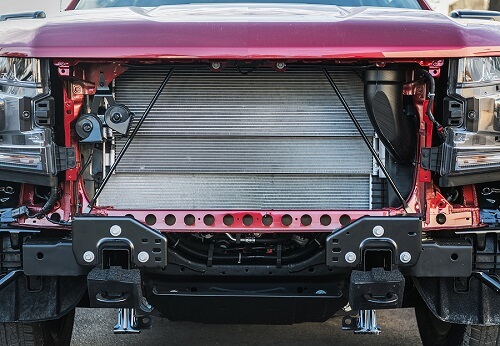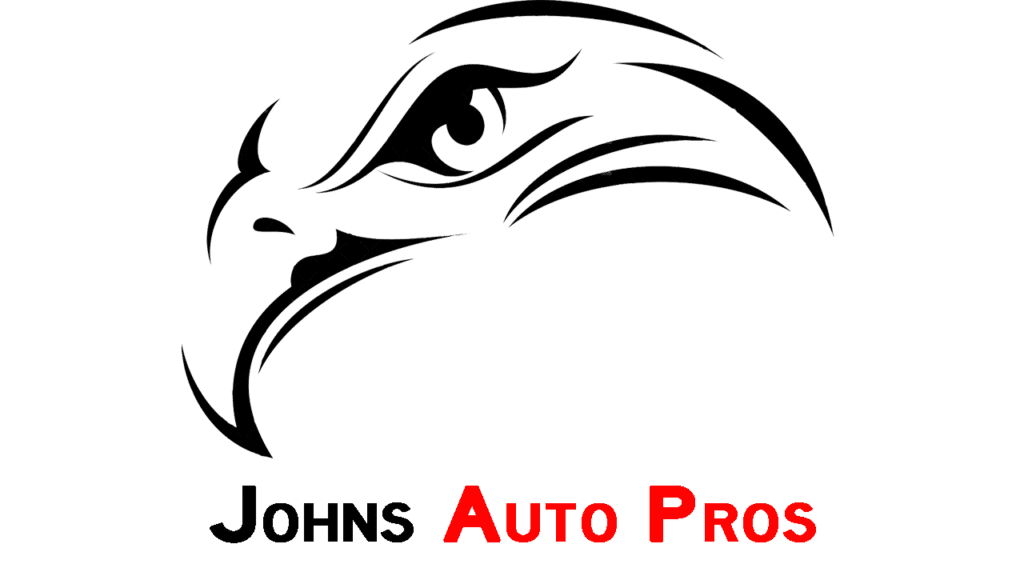The Engine's Cooling System

The engine’s cooling system is not complex, though it has many parts to function properly.
In some cases, you can prevent the breakdown of a cooling system.
In others, you might not realize what is happening until you see the coolant light come on or the gauge go red.
Parts of the Cooling System
Everything must be working and in good condition for the cooling system to work properly.
Parts of the cooling system include:
Radiator
The radiator cools the water as it passes through the fins. If the radiator is clogged or partially clogged, it won’t cool the water enough, and the engine will overheat.
The radiator must be compatible with the engine. It might have one, two, three, or four rows of fins. It also has two tanks, on the sides or at the top and bottom of the radiator.
Cooling Fans
The fan helps keep the radiator cool. Your engine could have a manual fan (run by a fan clutch and attached to the front of the engine) or electric fans.
Thermostat
The thermostat is in a thermostat housing, usually where the top radiator hose attaches to the engine. When the engine coolant reaches a certain temperature (usually 185 degrees Fahrenheit), the thermostat opens and causes more water to flow.
Water Pump
The water pump continuously pumps water through the system—from the engine back to the radiator.
Coolant Temperature Sensor
This sensor works with the ECM (Engine Control Module) to run the fans.
Coolant Temperature Sender
The sender senses engine temperature. It can turn a “dummy light” on if the temperature gets too high, or it is used to send information to the coolant temp gauge.
Belts
Most vehicles now have one or two serpentine belts. Older vehicles had one or more V-belts.
The belts run around the crankshaft pulley. The crank pulley turns the belt around the water pump to keep water pumping through the engine.
Hoses
A vehicle has several hoses, including two radiator hoses. It might have bypass hoses, depending on the make and model. It also has heater hoses to pass hot water through the heater core. If any of these hoses break, you will lose the coolant.
This is a straightforward explanation of the cooling system. If any one of these components breaks, the vehicle will overheat. It could be due to allowing the coolant to leak or impeding coolant flow through the engine.
John’s Auto Pros provides auto repair in Escondido, CA and will determine what is causing your vehicle to overheat.
Causes of Overheating
Common causes of overheating include:
- Coolant leaks: If the entire coolant leaks out, there’s no more coolant for the coolant temperature to measure. This means that the gauge will not read correctly.
- Stuck thermostat: It can stick open or closed. If it sticks open, the coolant passes through the system too quickly to cool. If it sticks closed, the coolant cannot pass through the radiator. Both conditions cause overheating.
- Fans not working
- Clogged radiator
- Collapsed, dry-rotted, and cracked hoses
John’s Auto Pros in Escondido, CA will diagnose and repair an overheating problem to get you back on the road. Contact John’s Auto Pros in Escondido, CA for an appointment.

